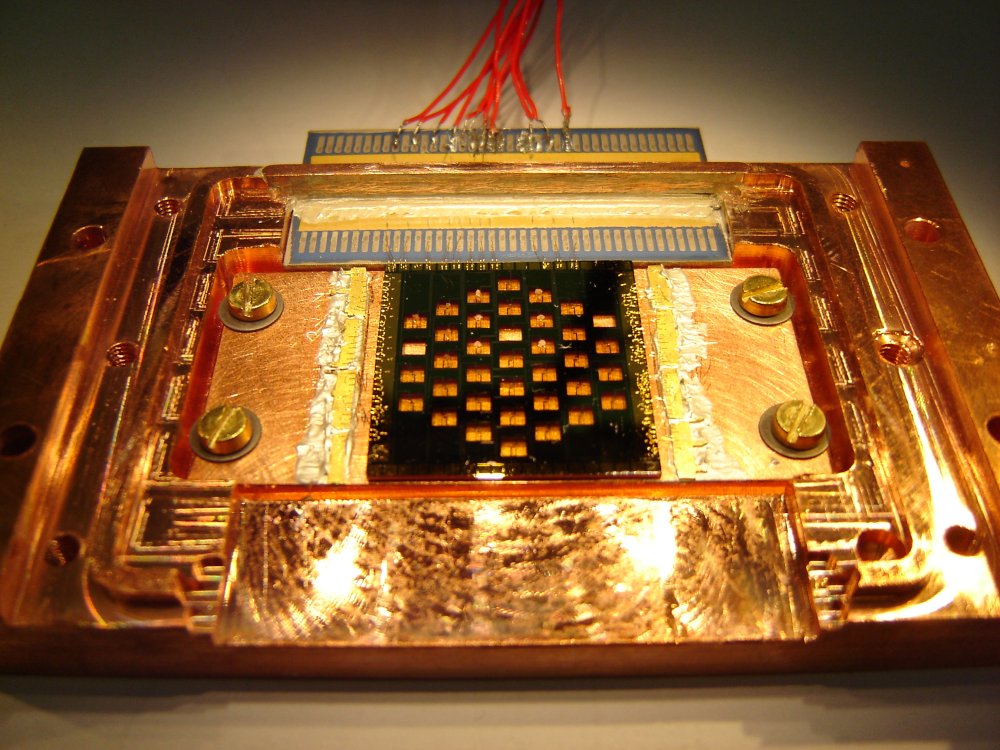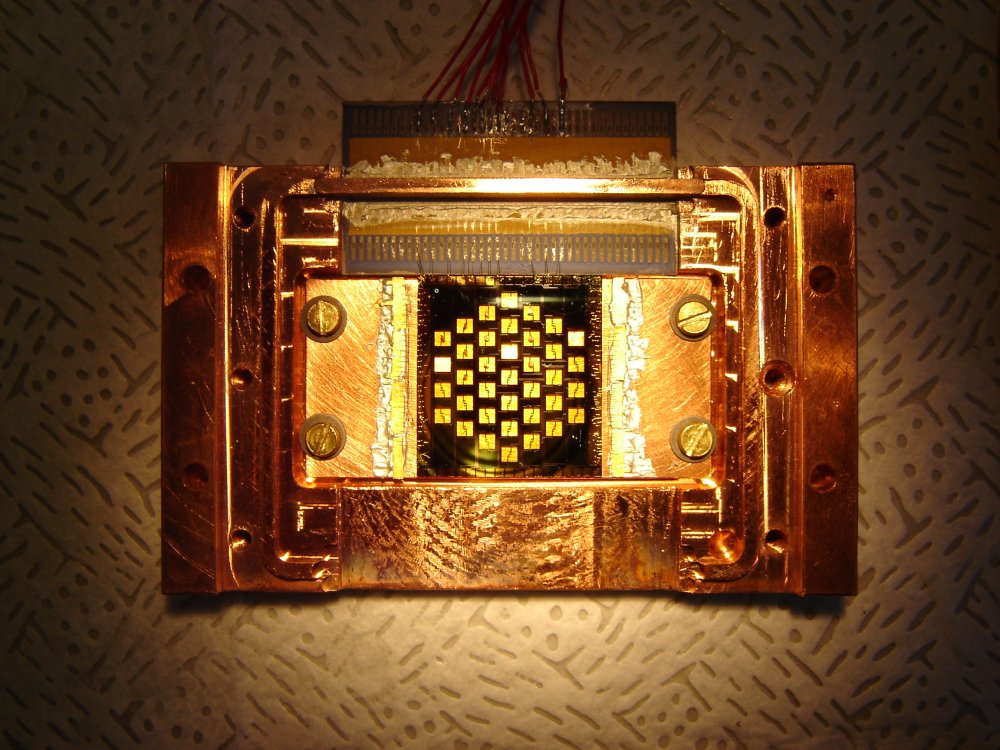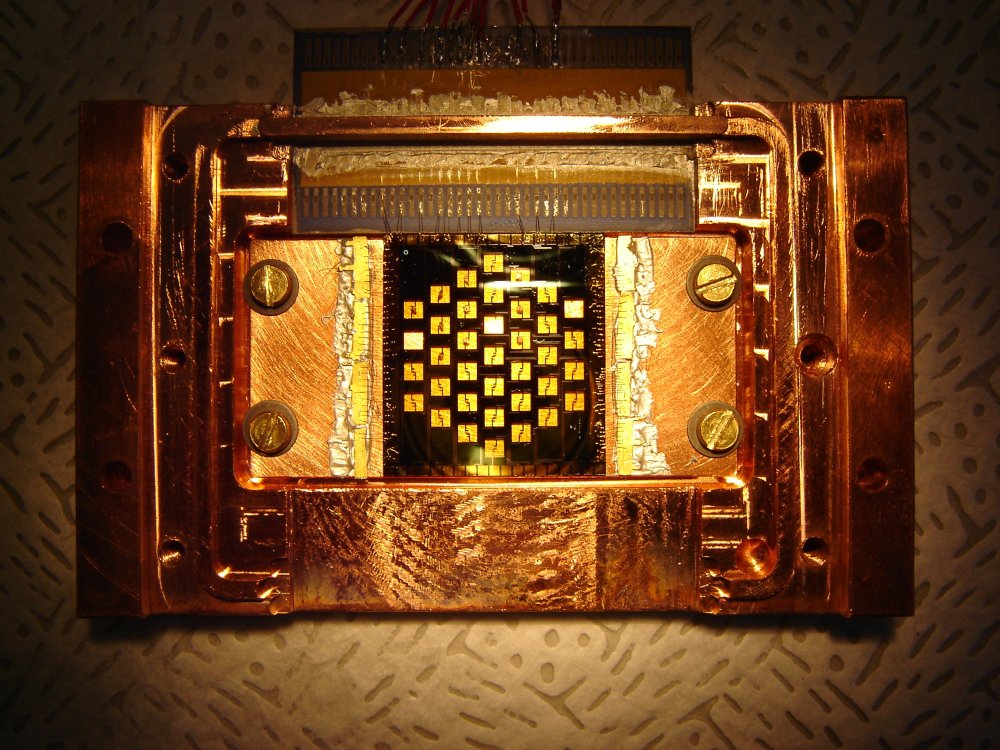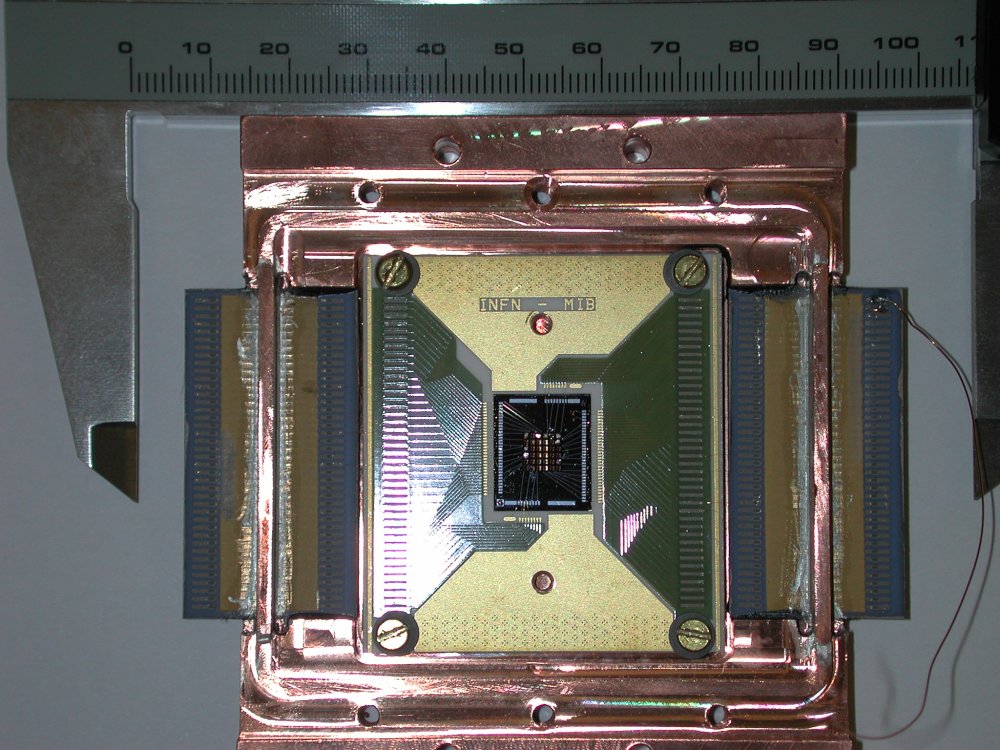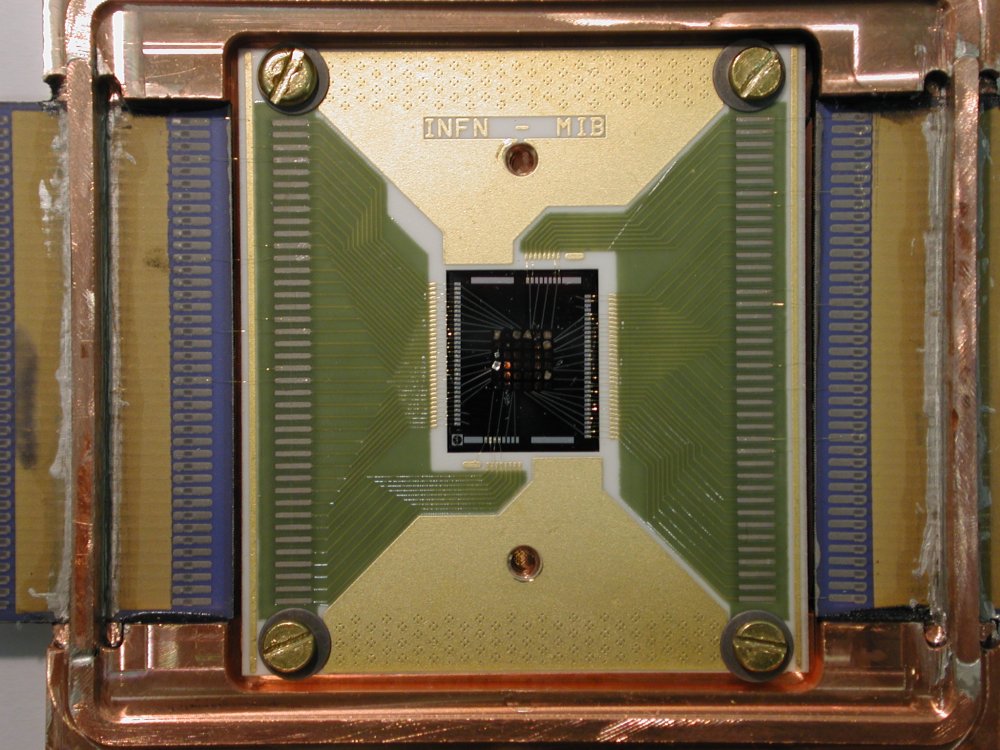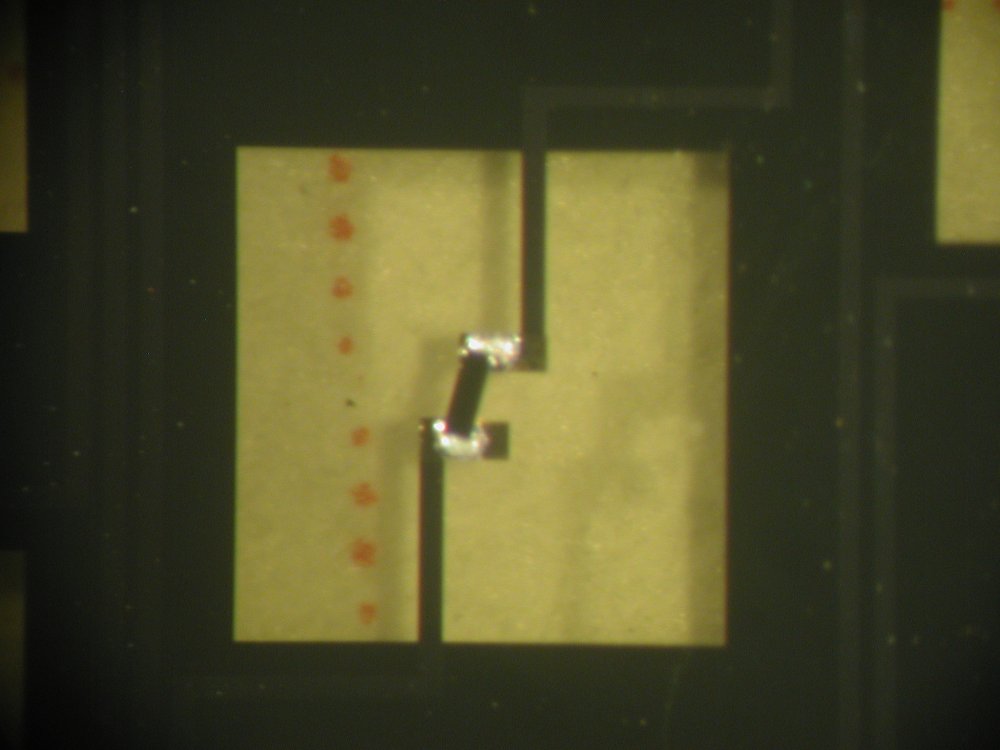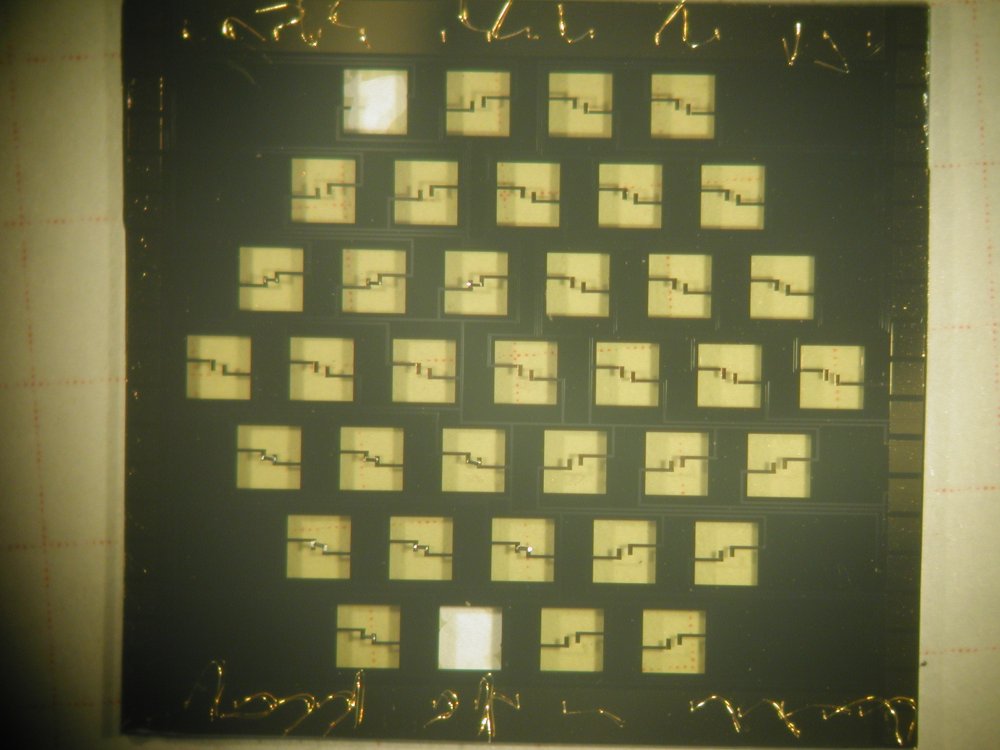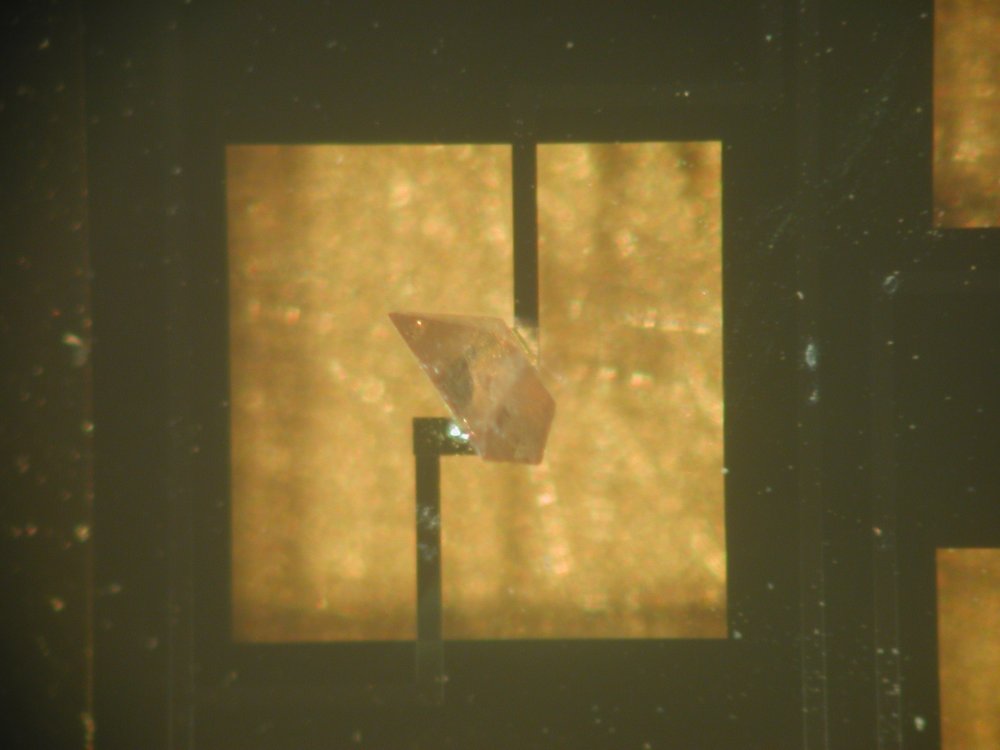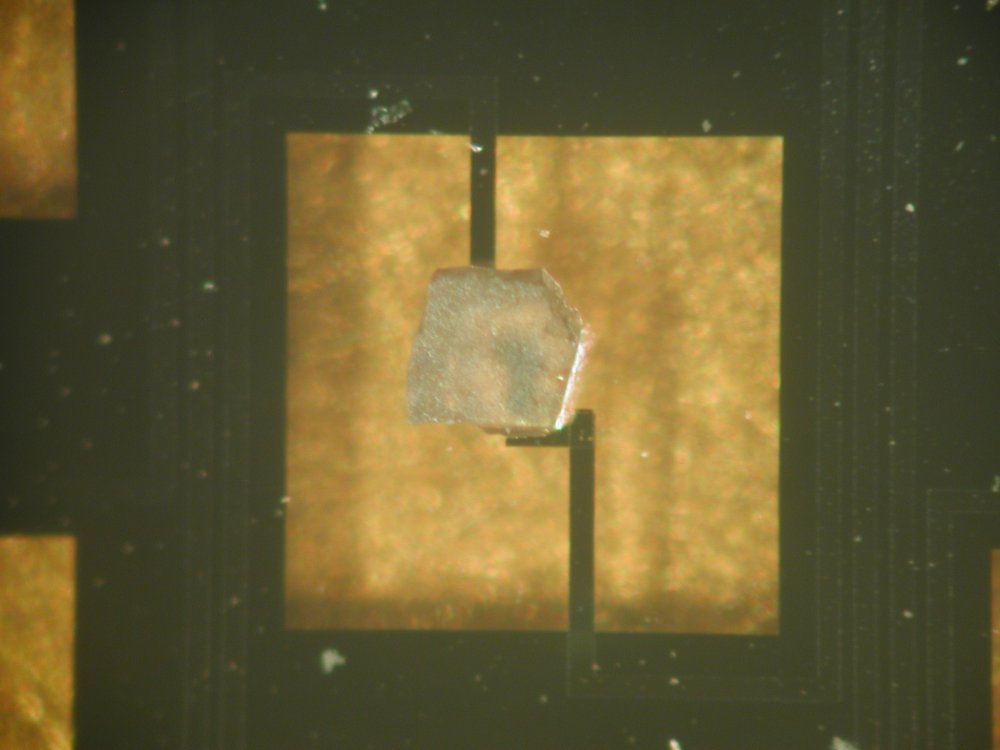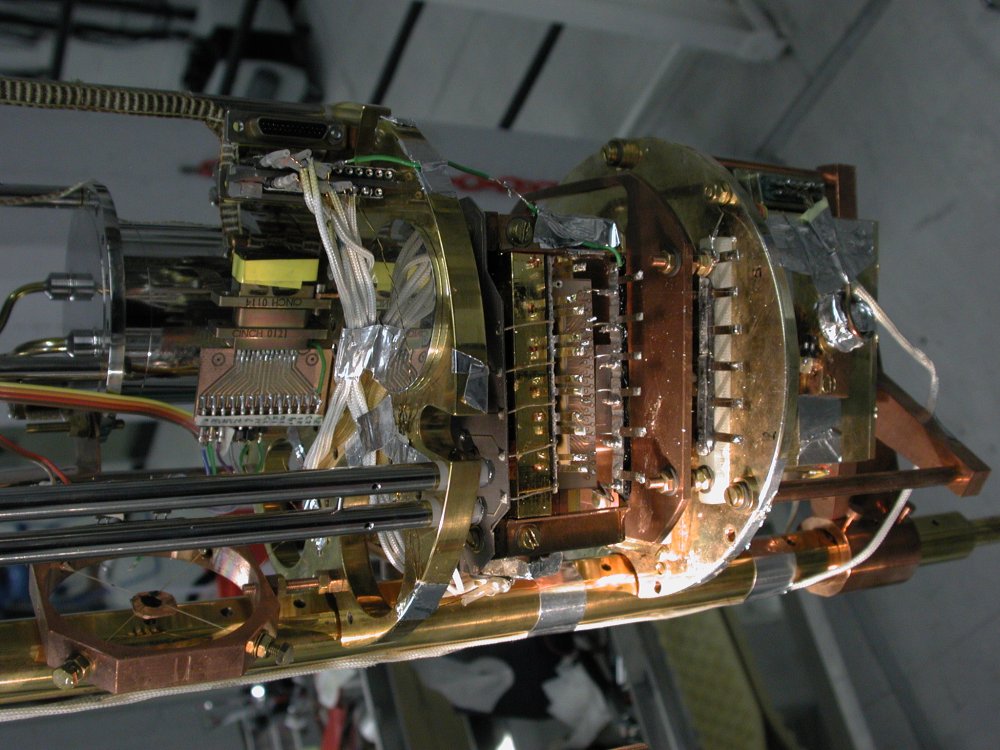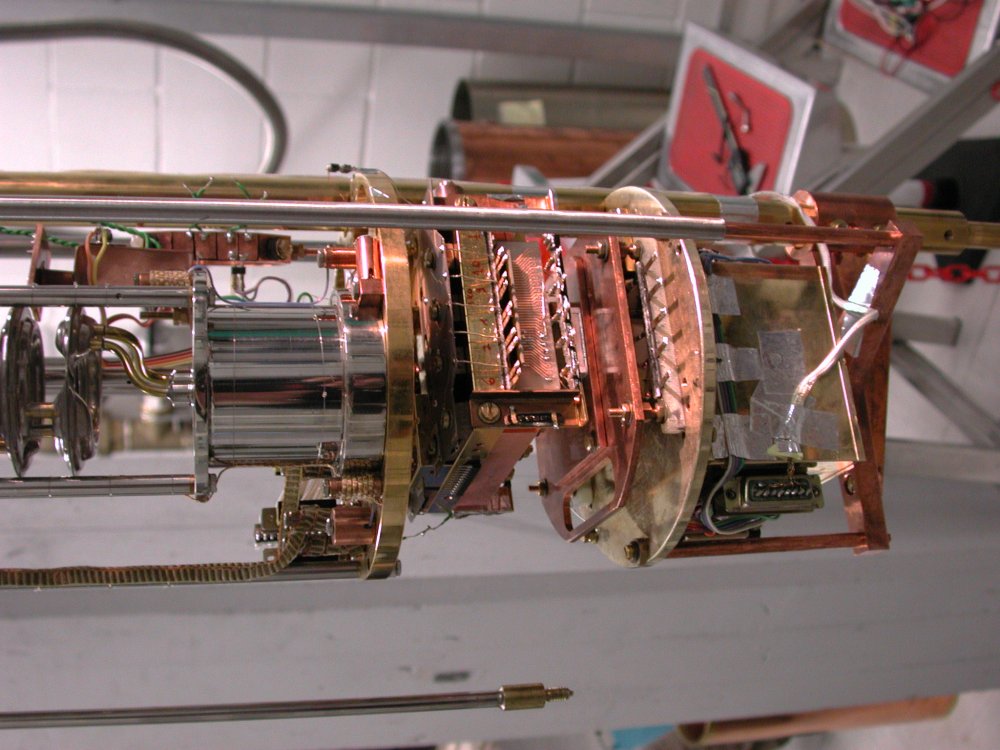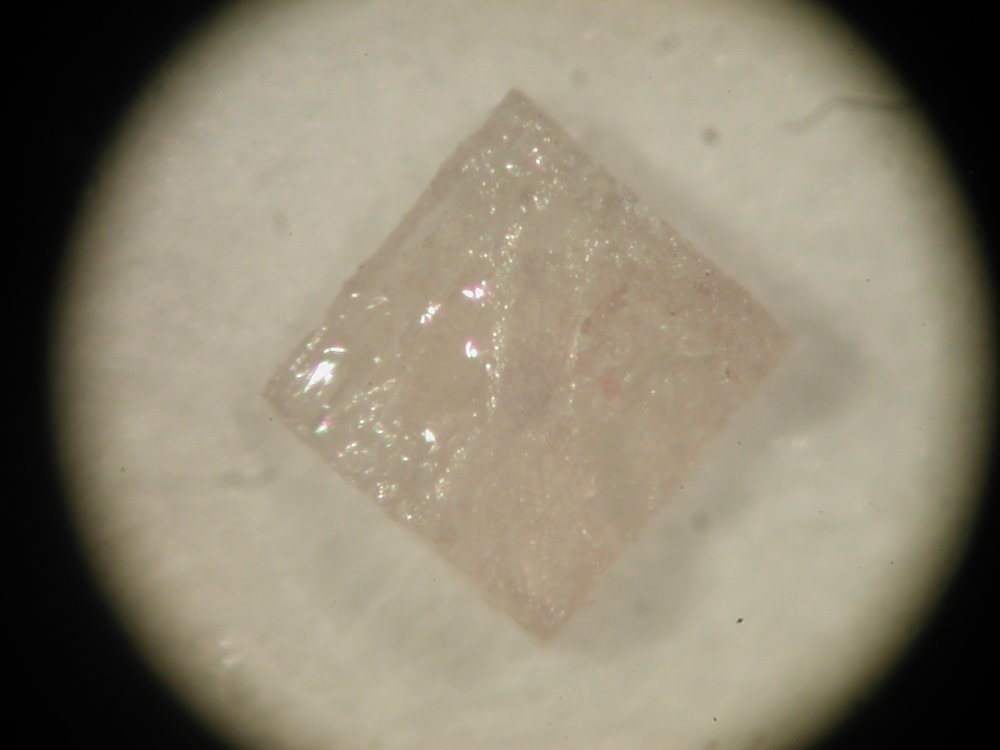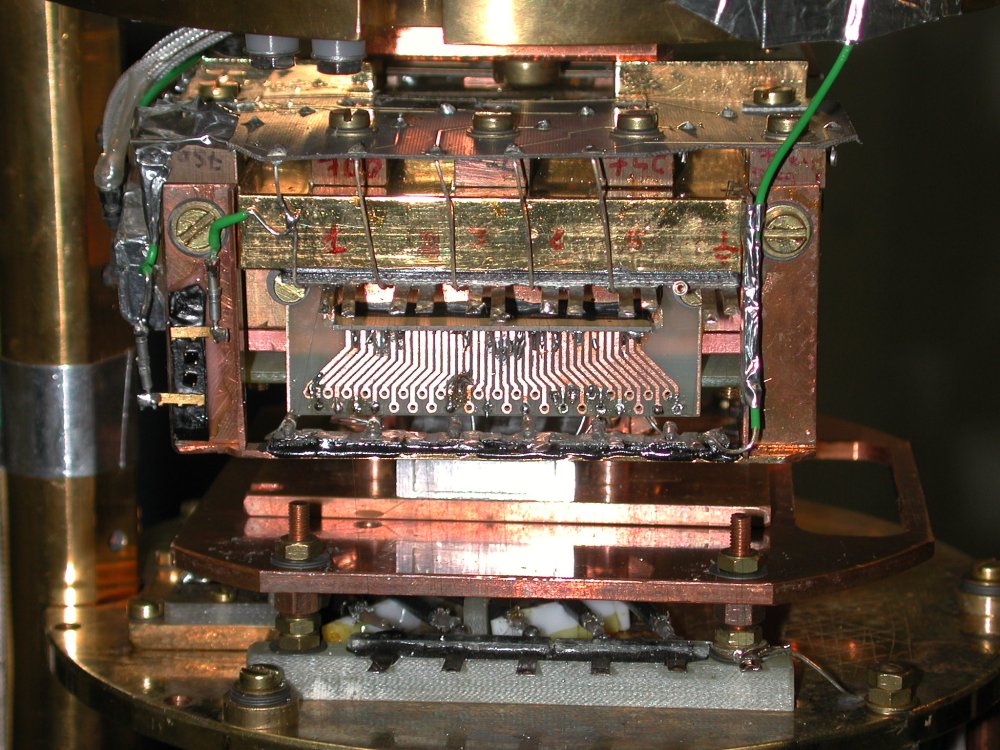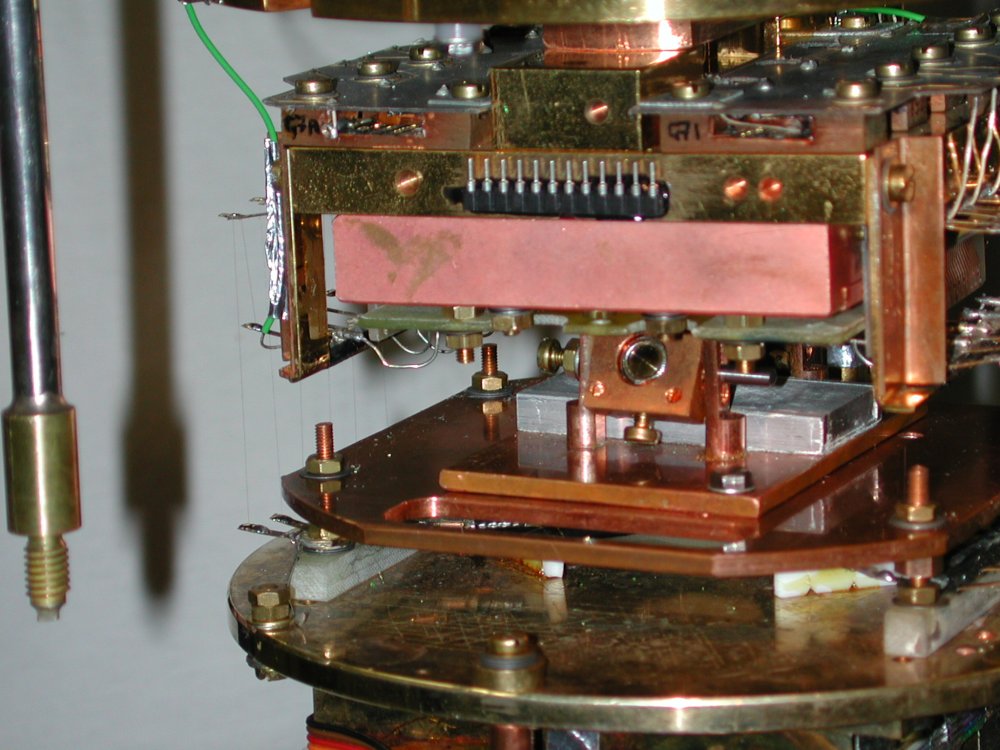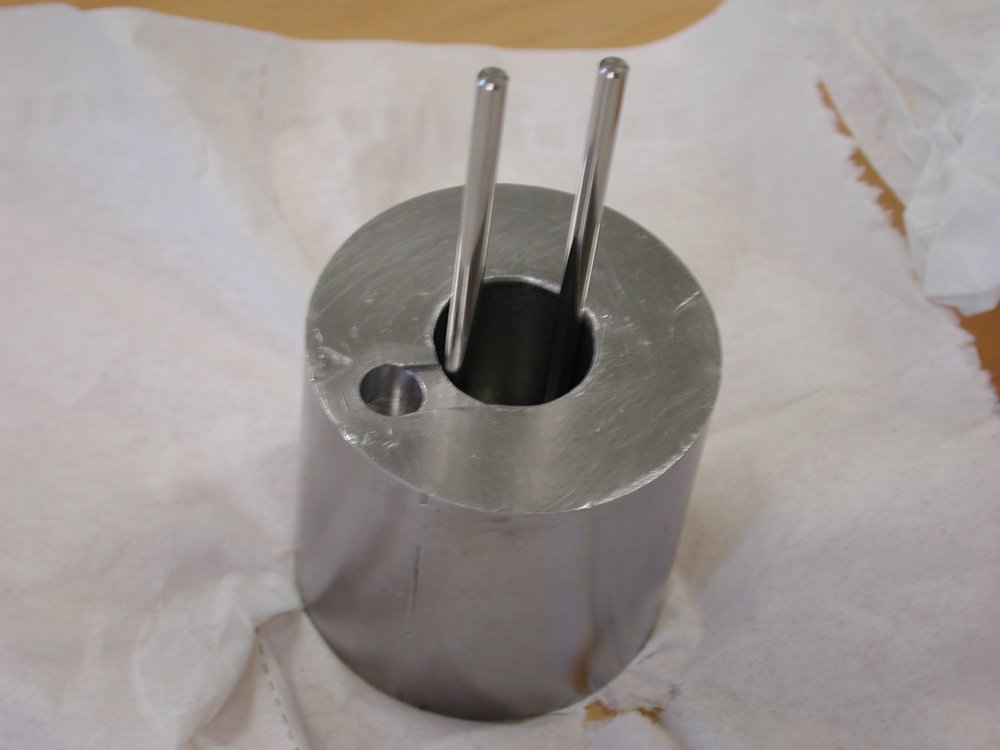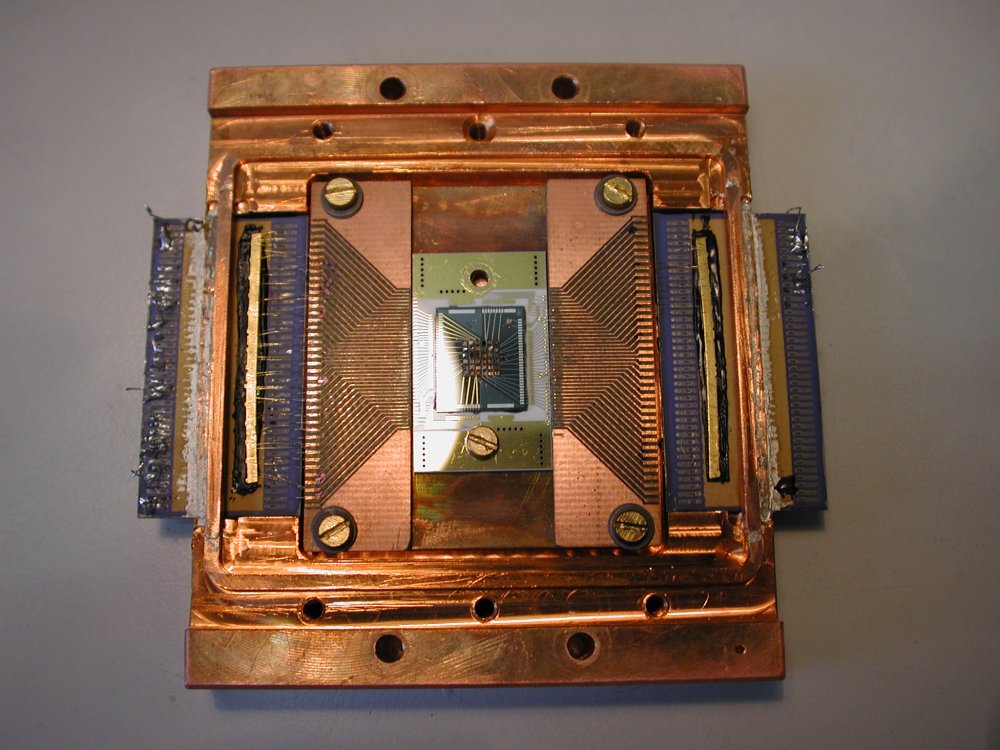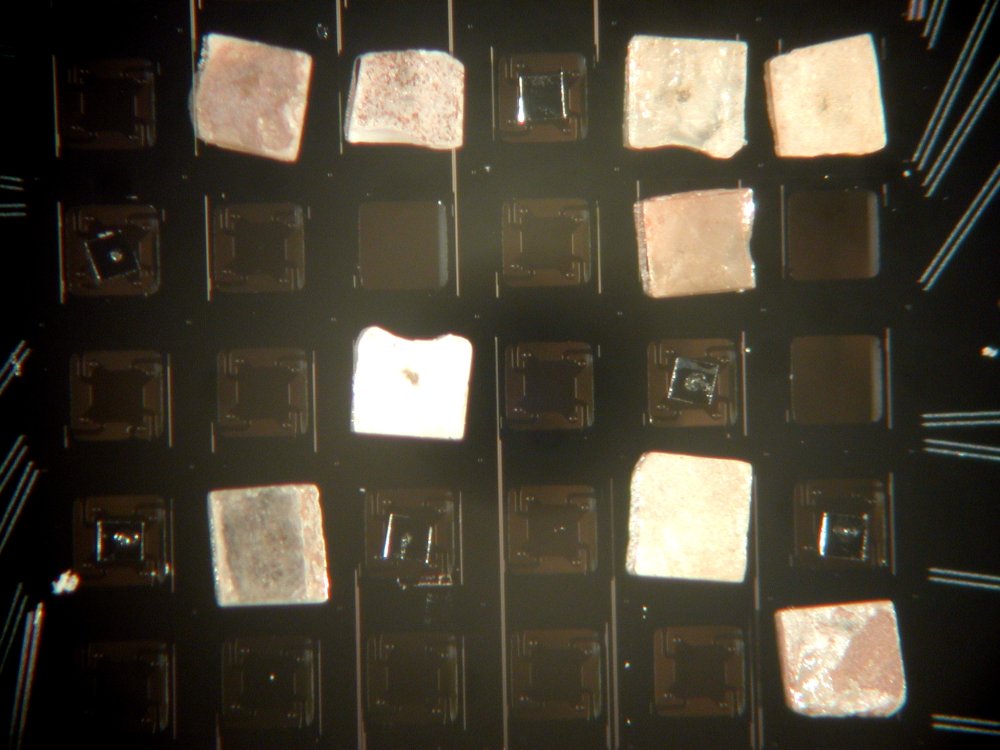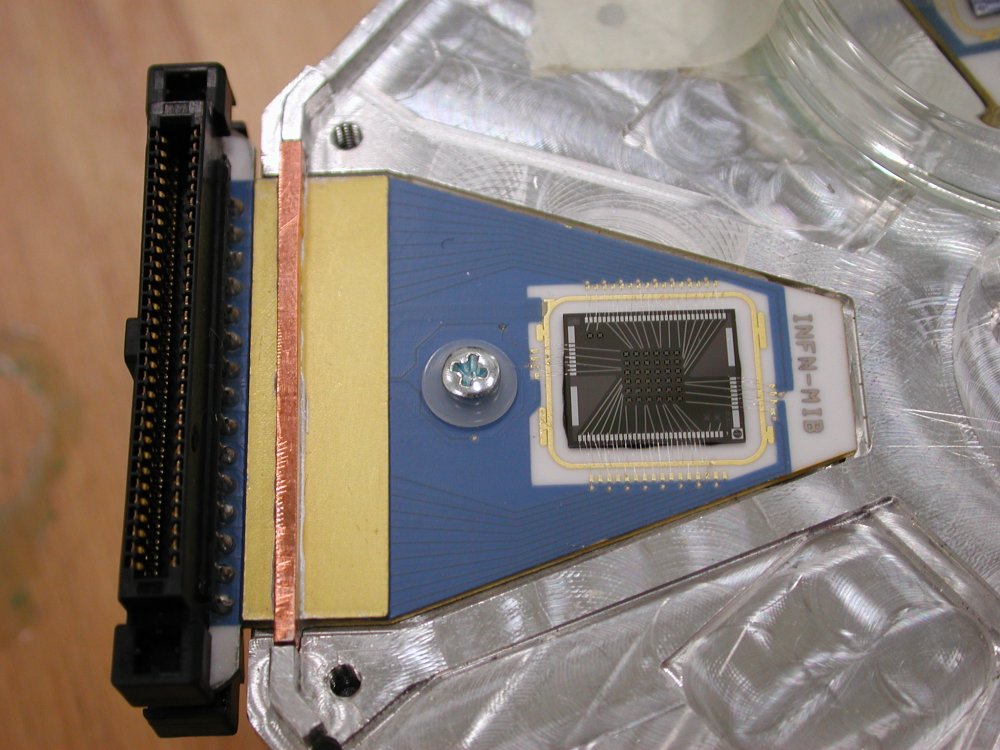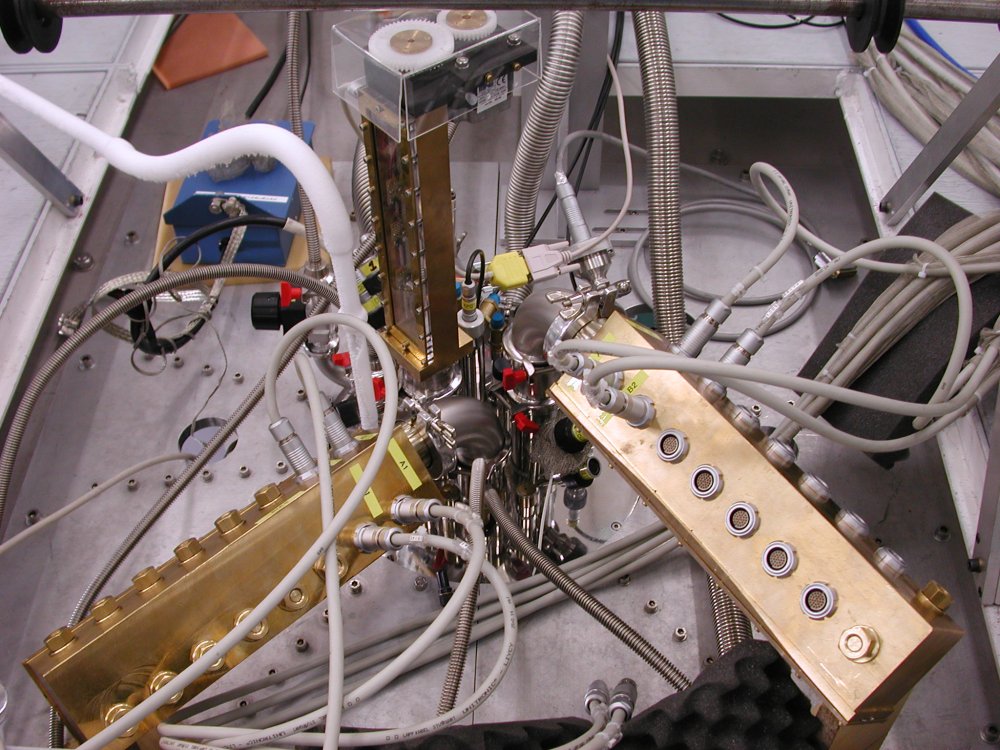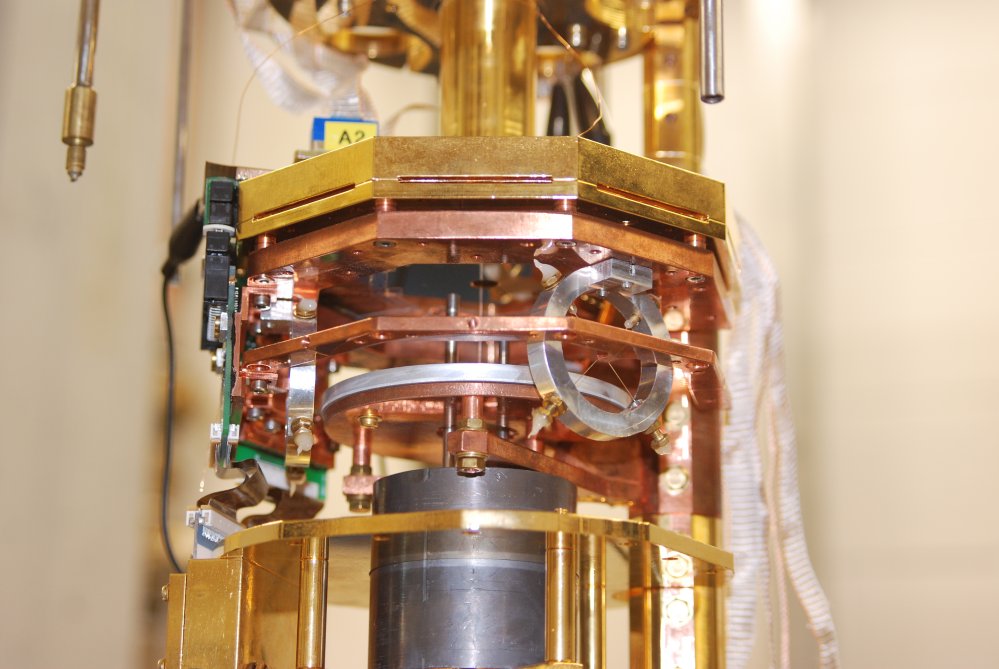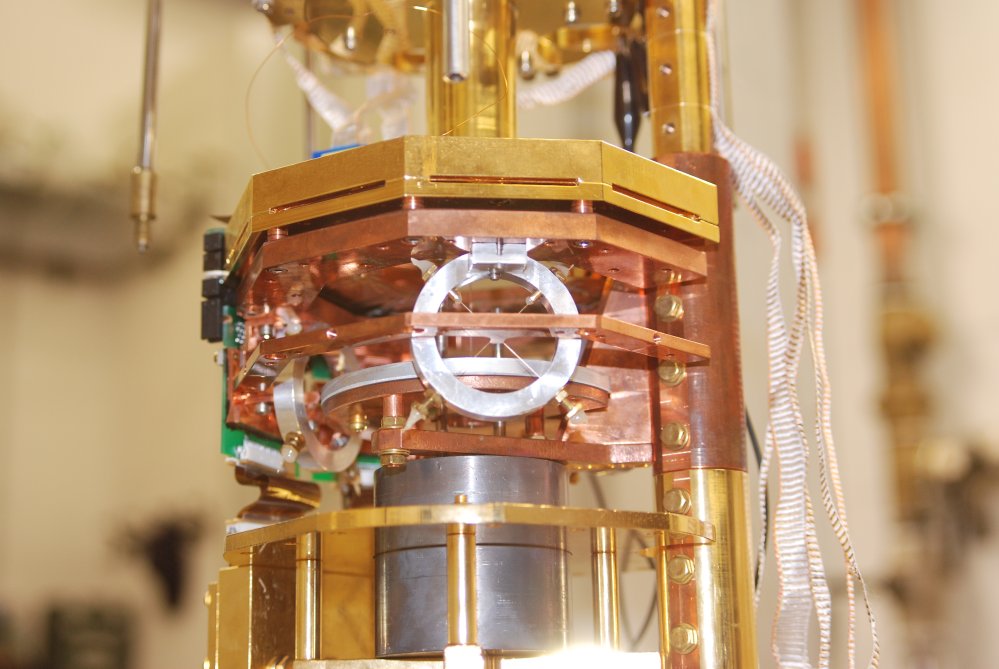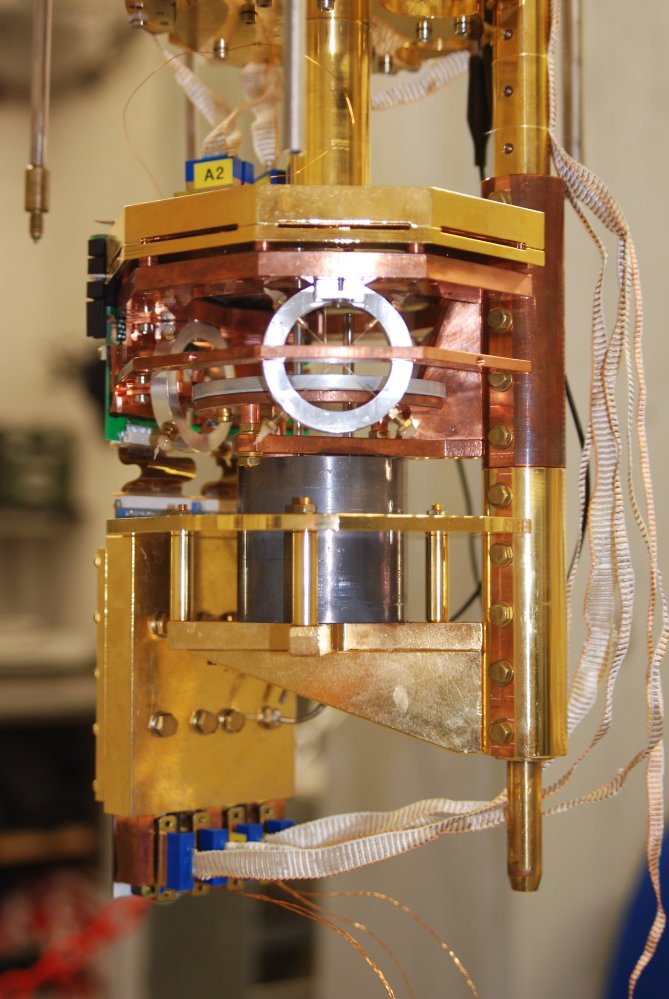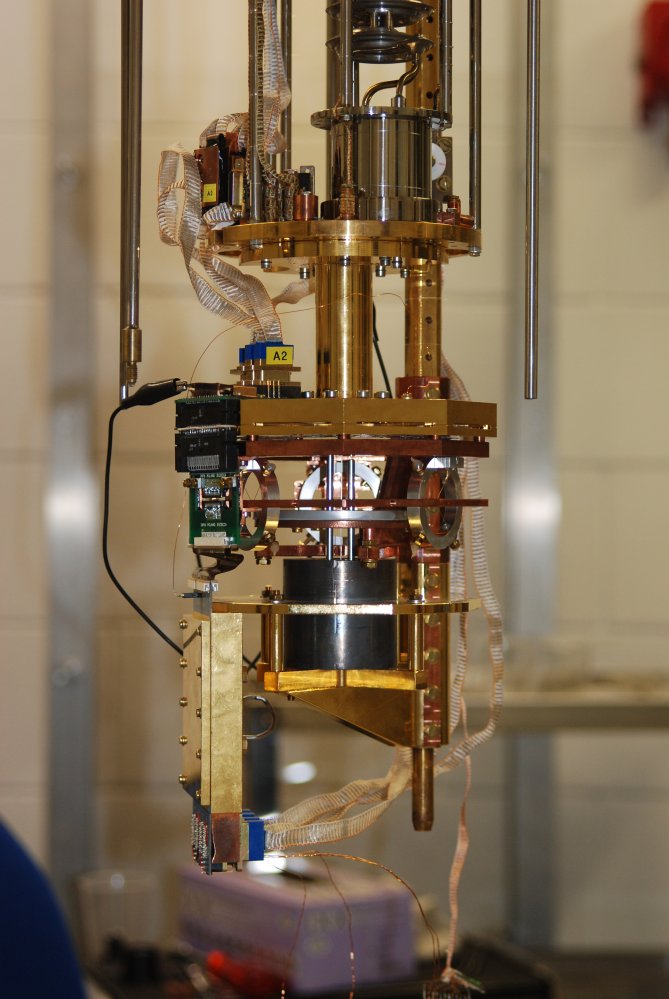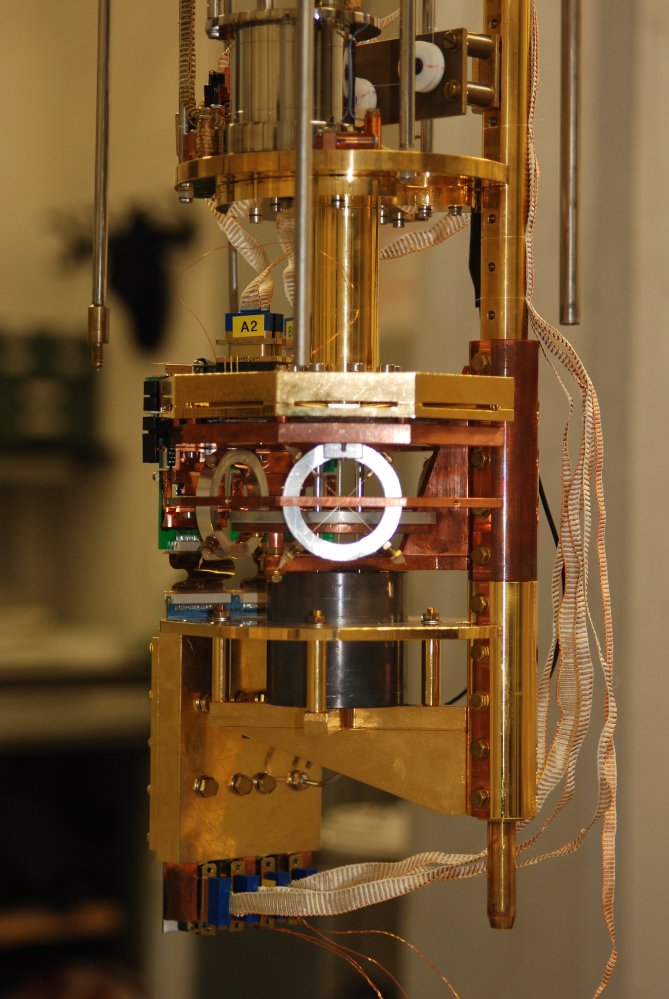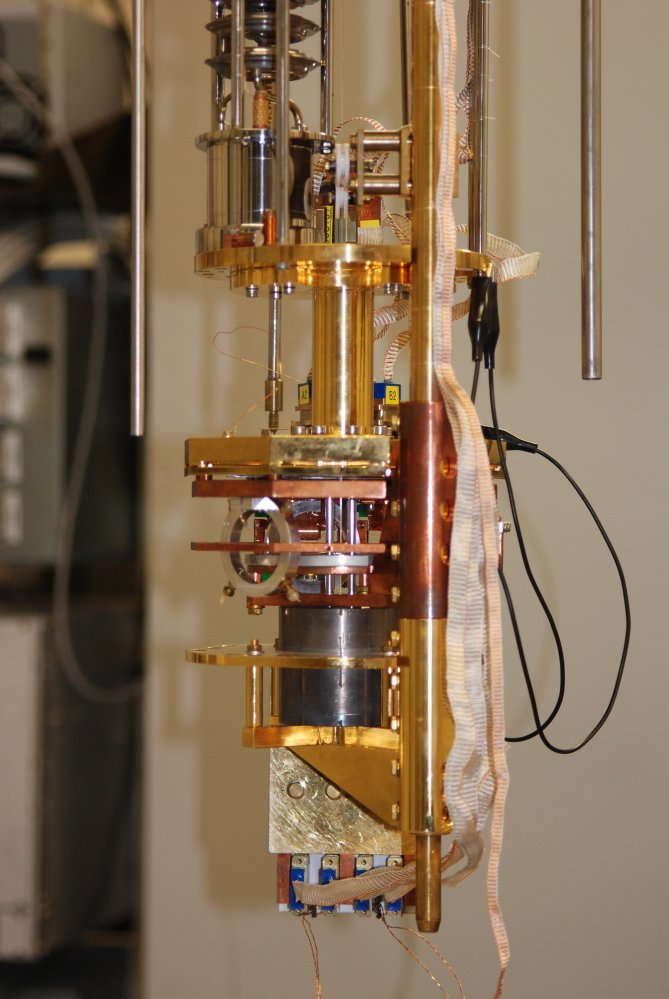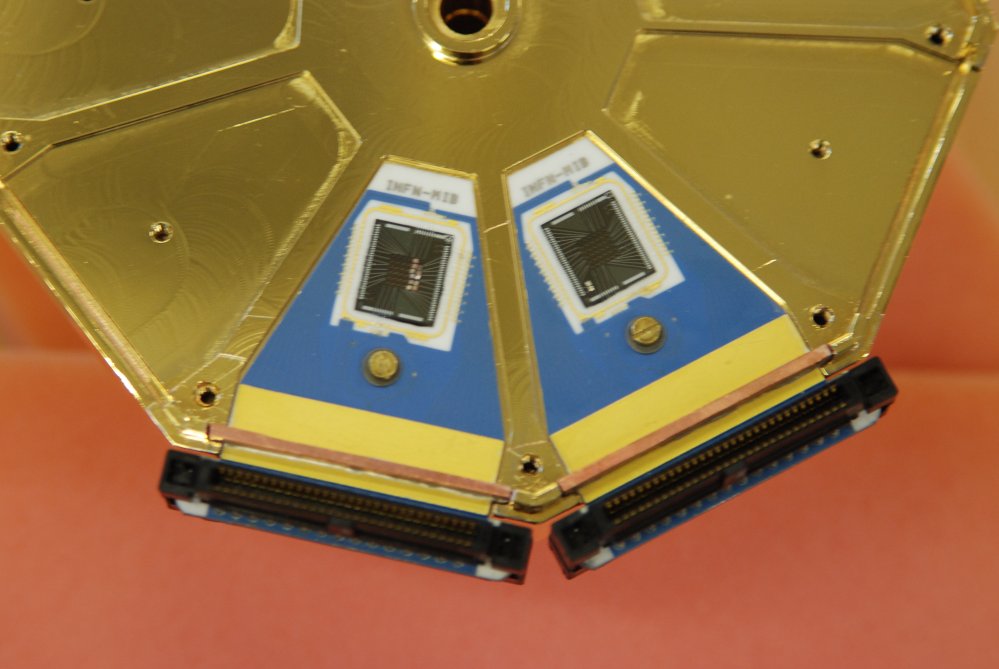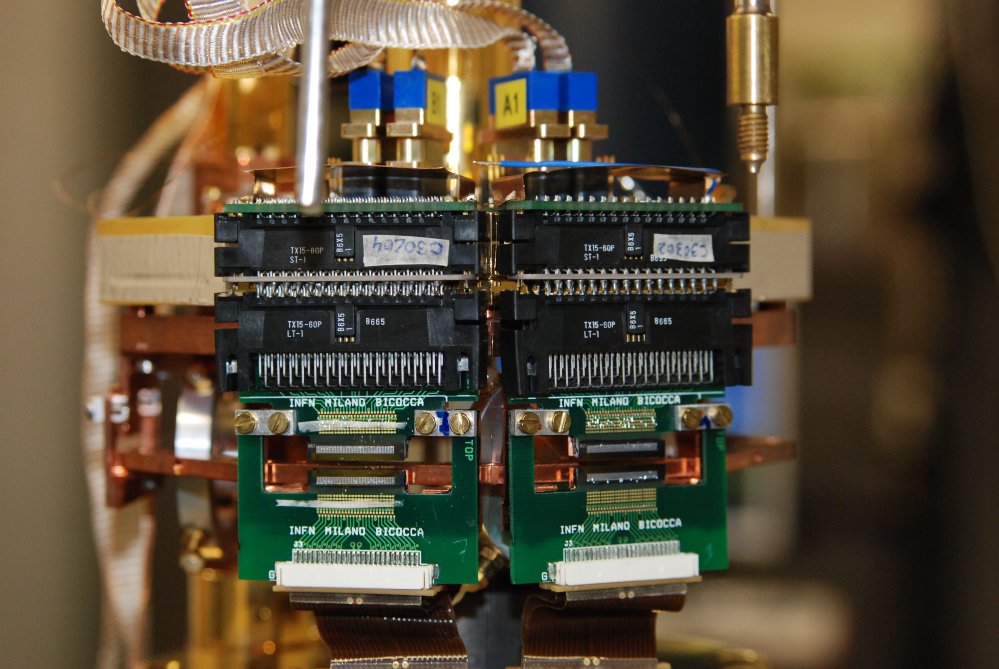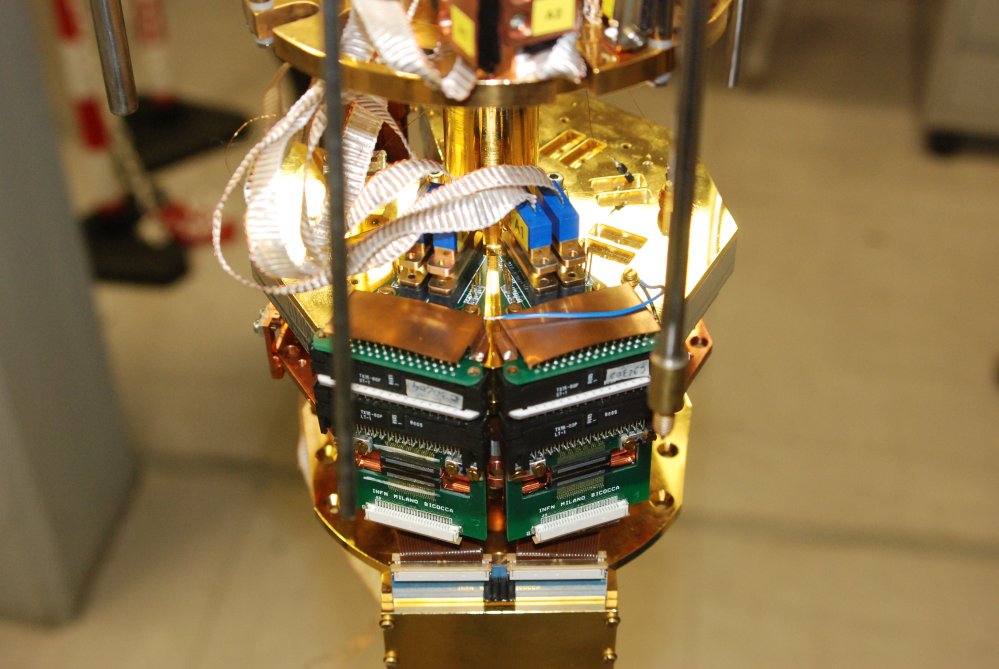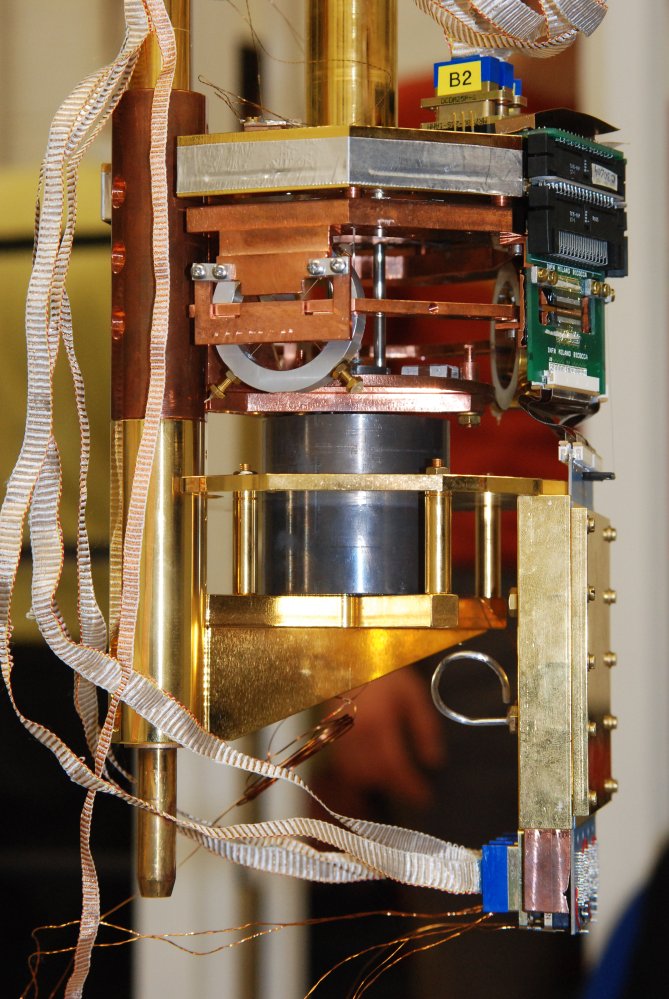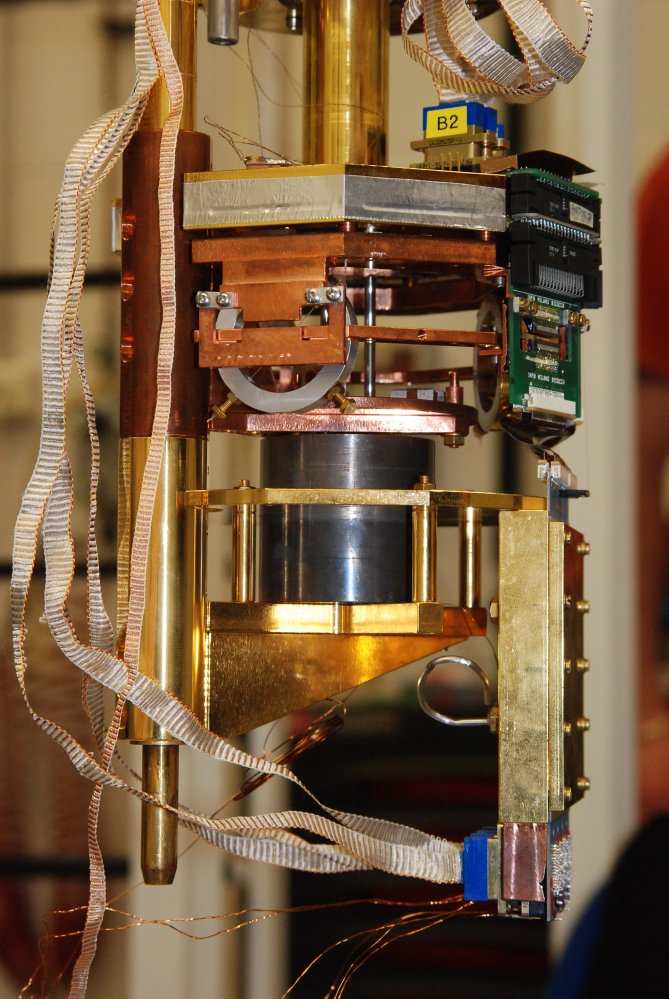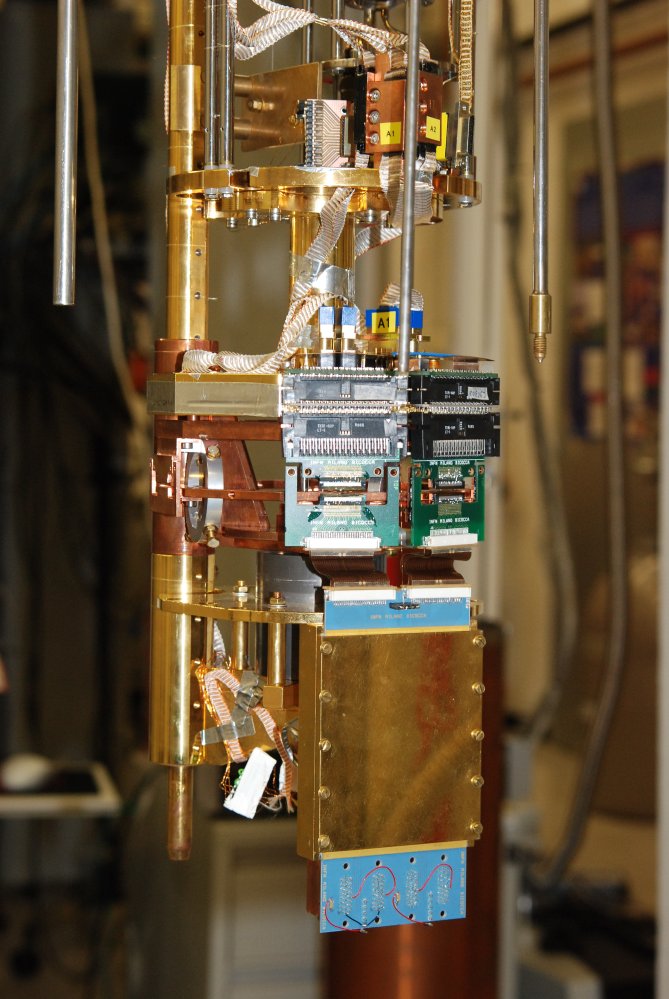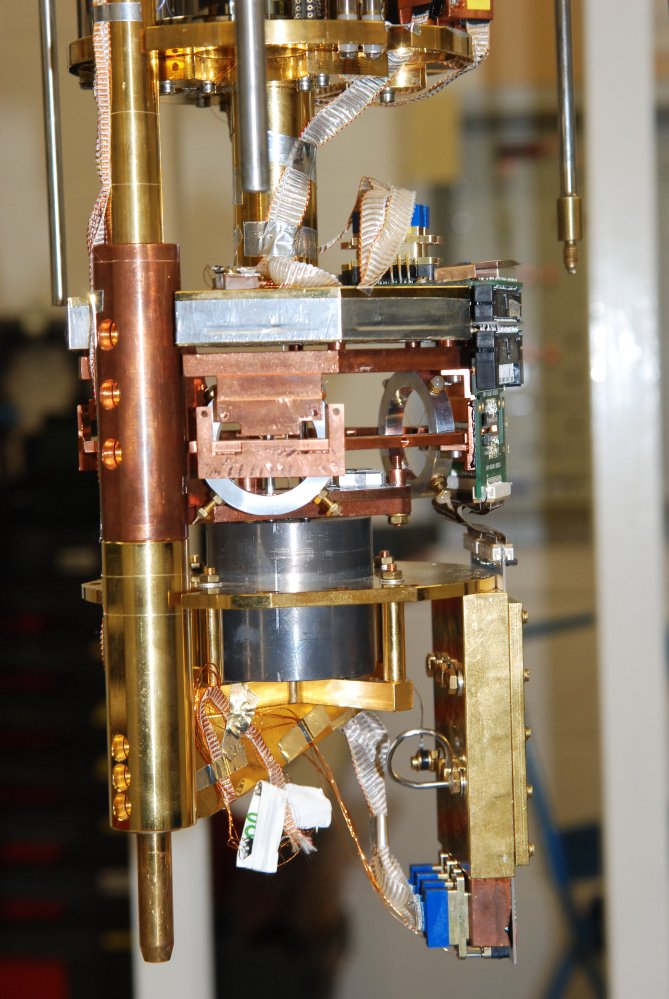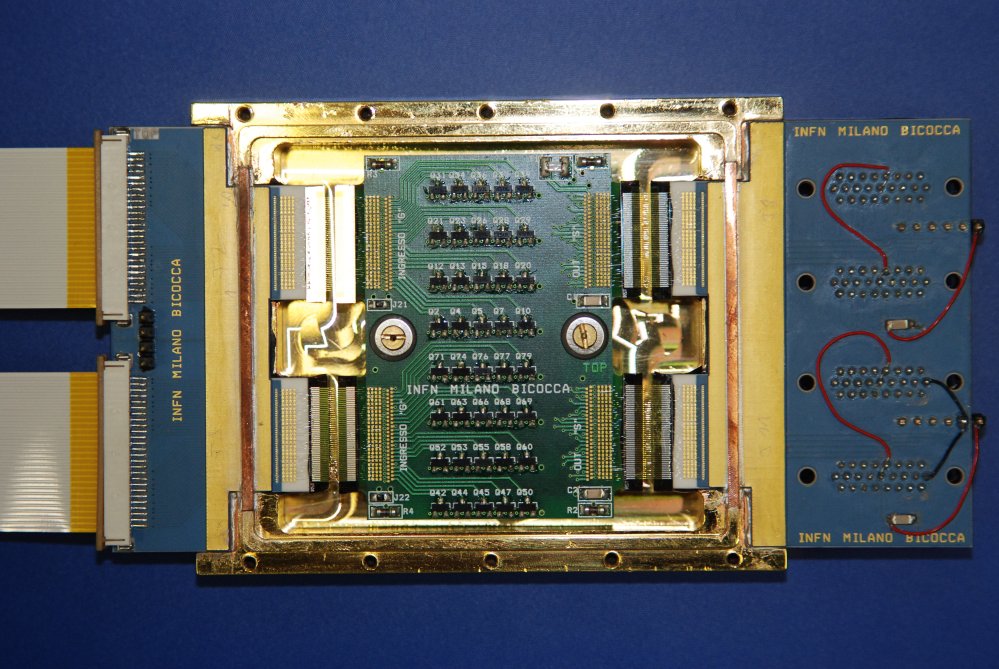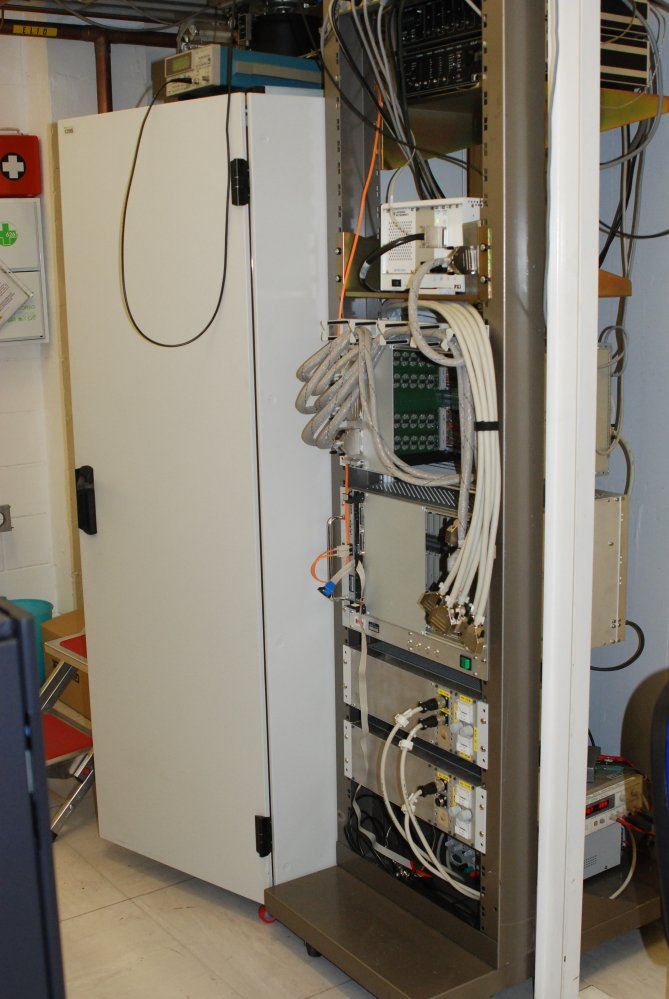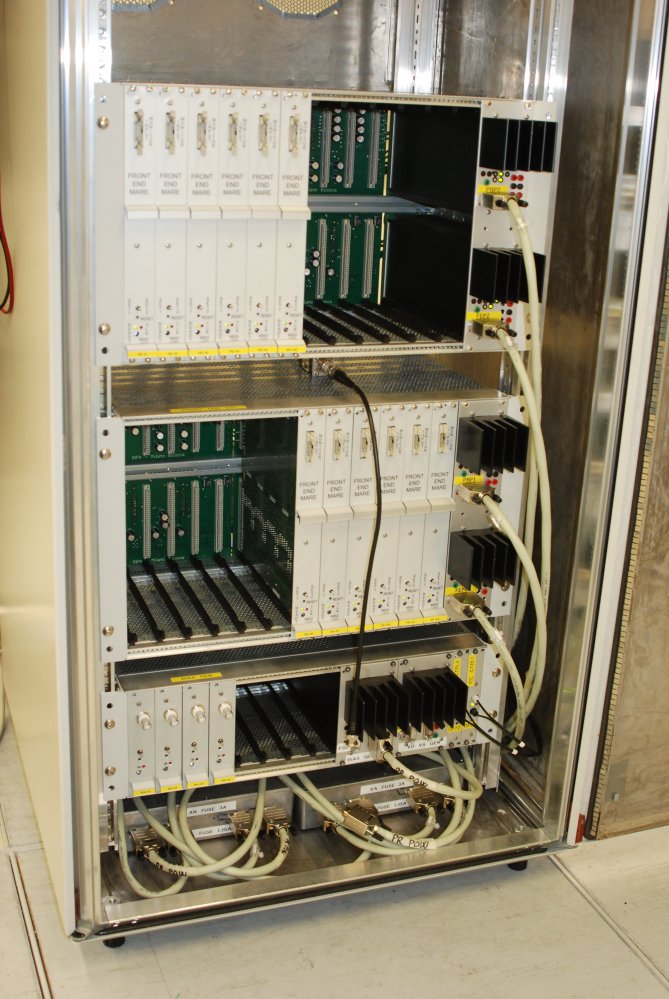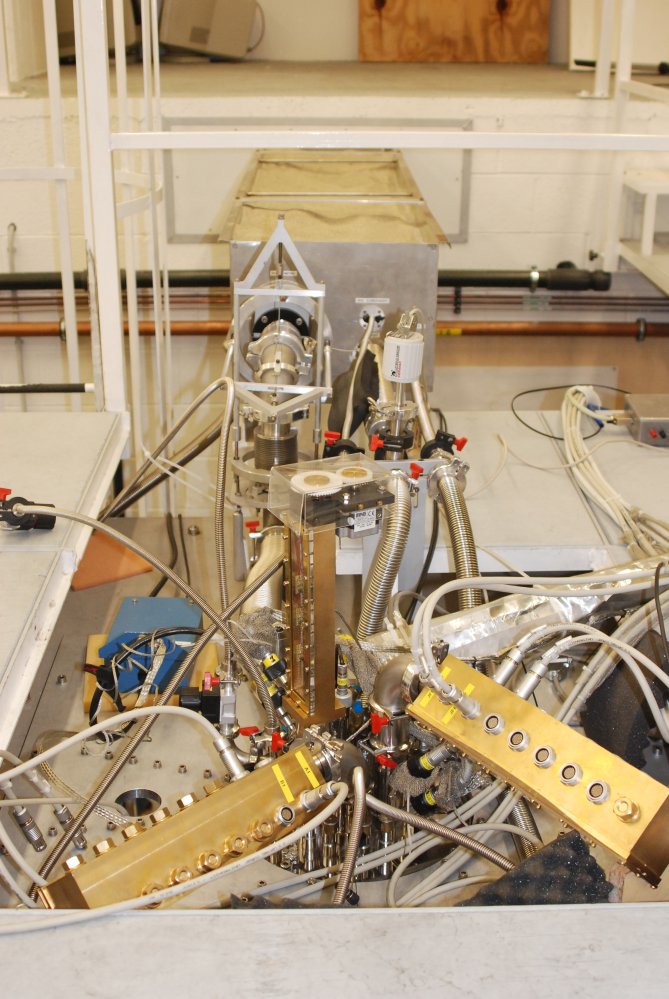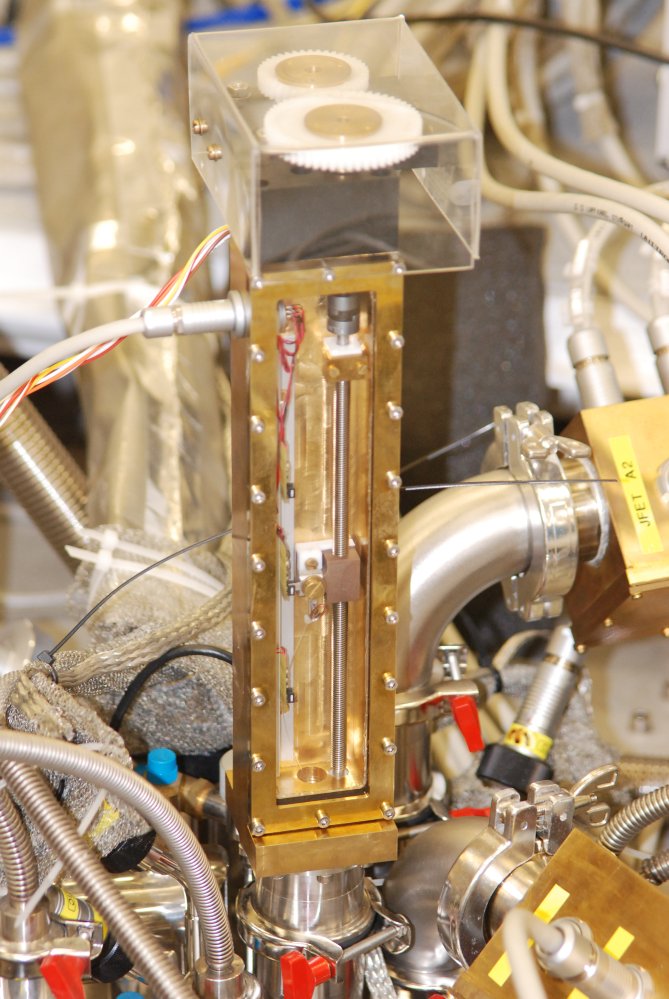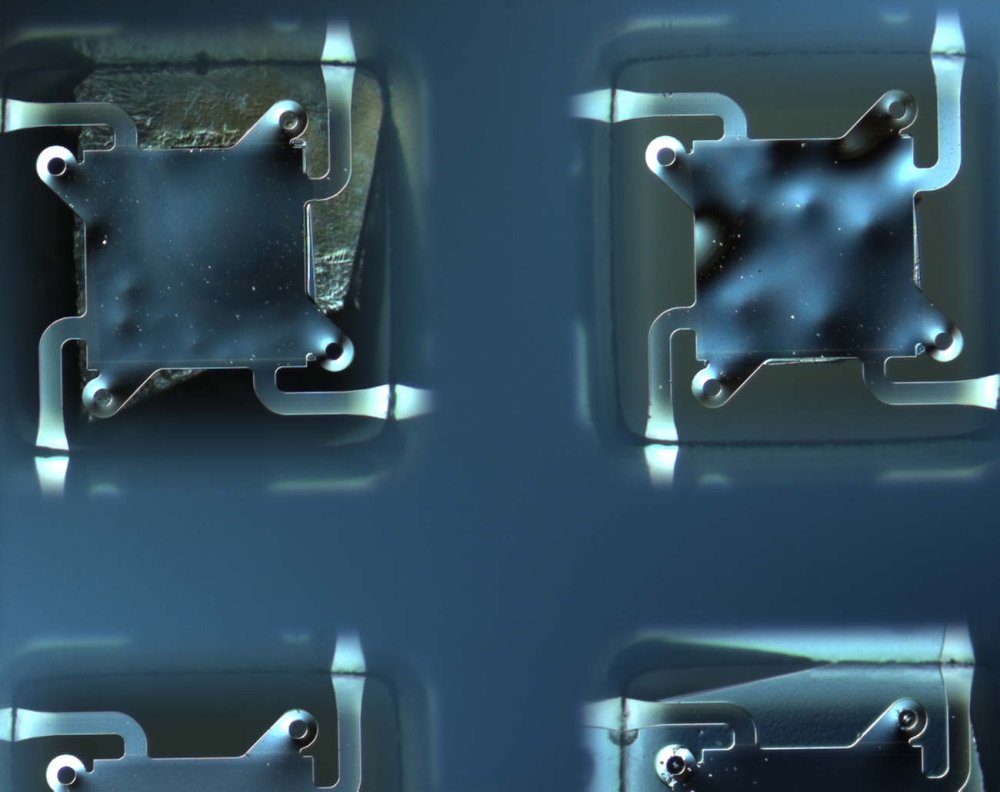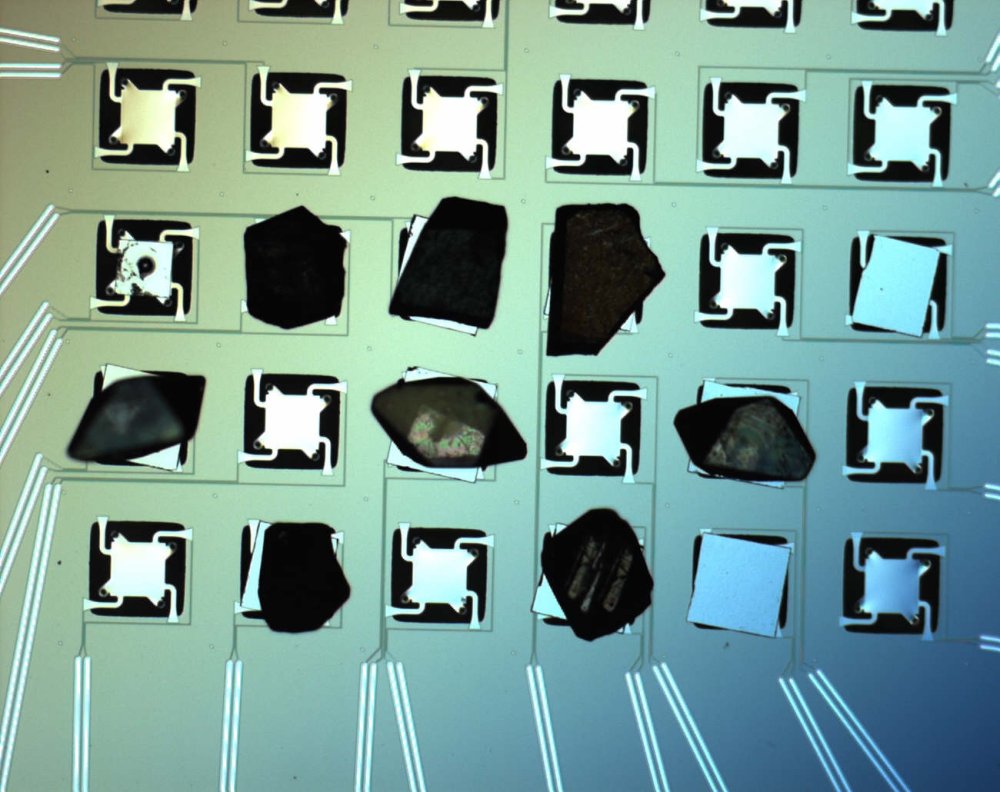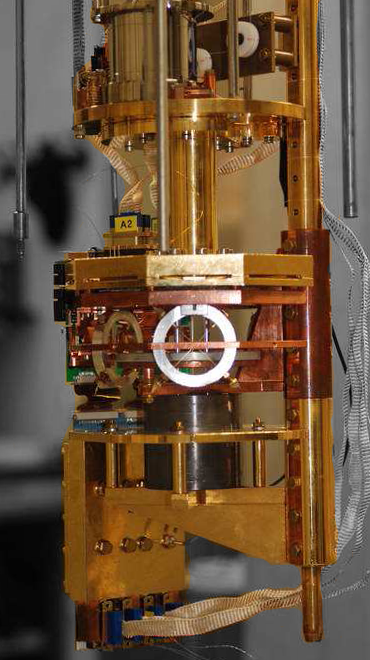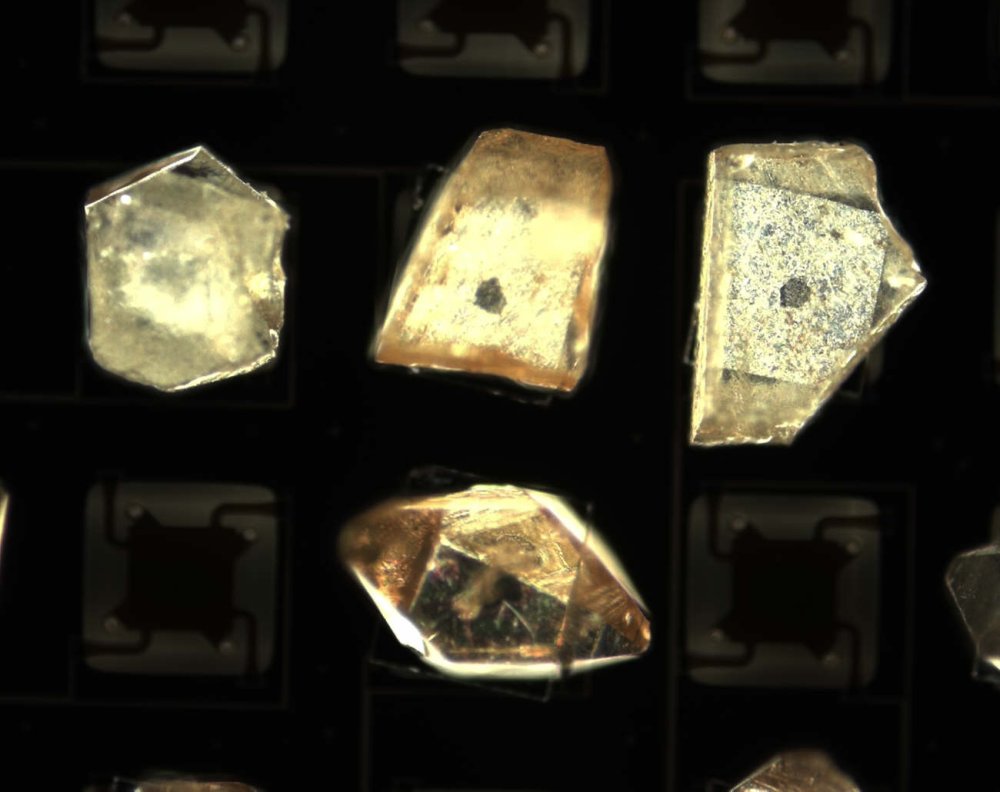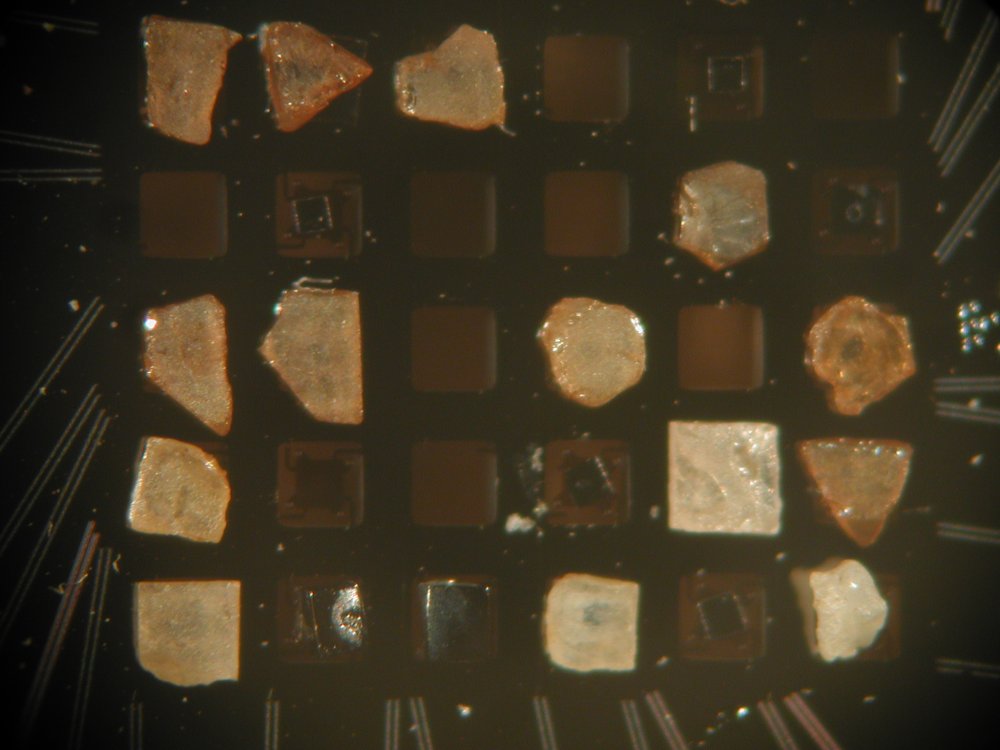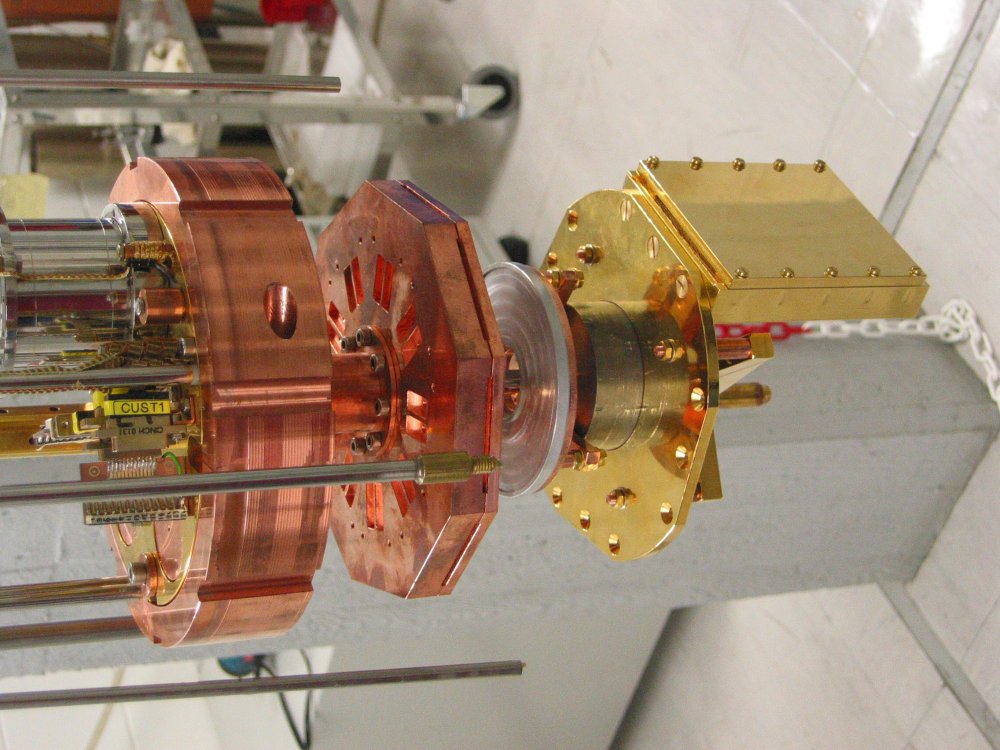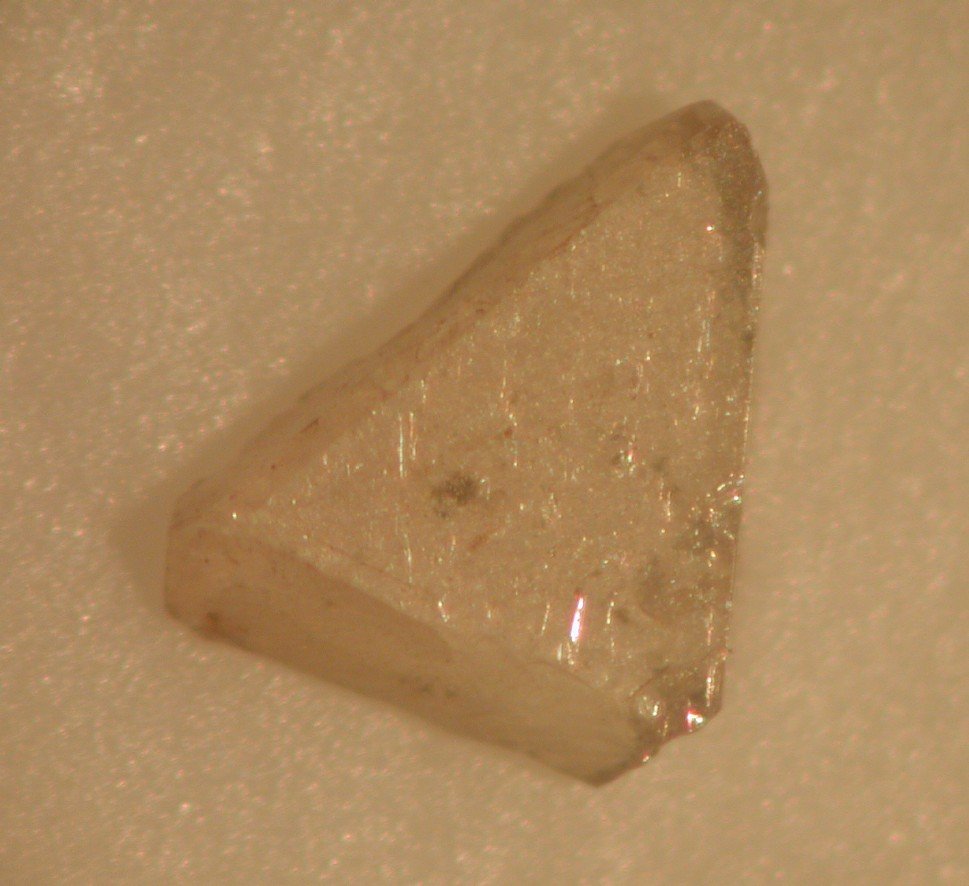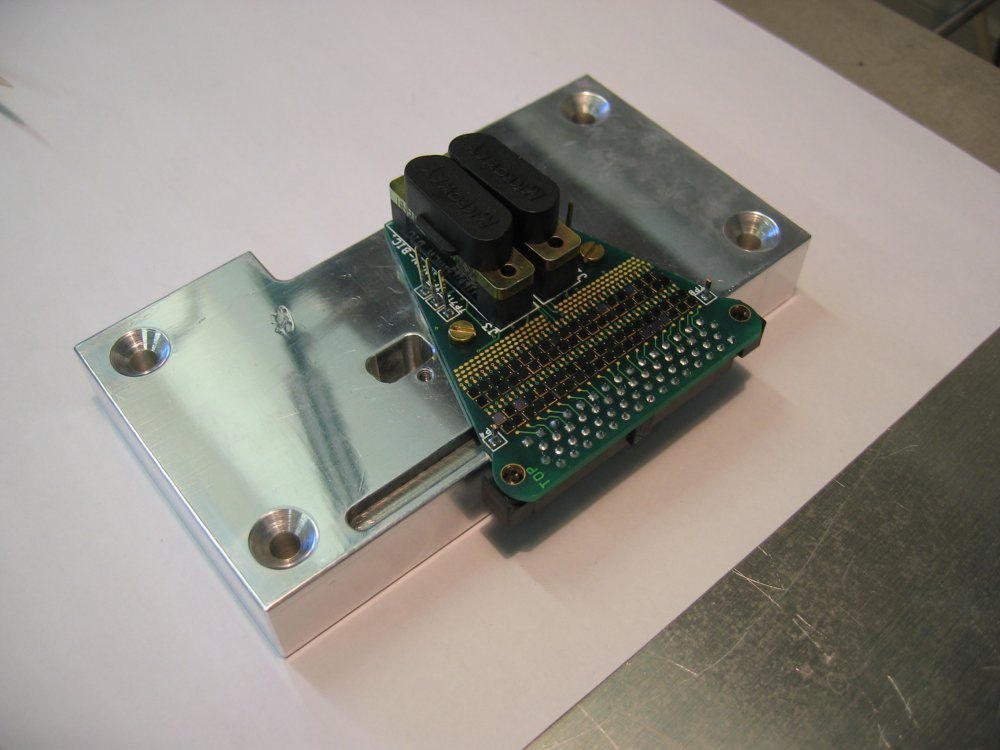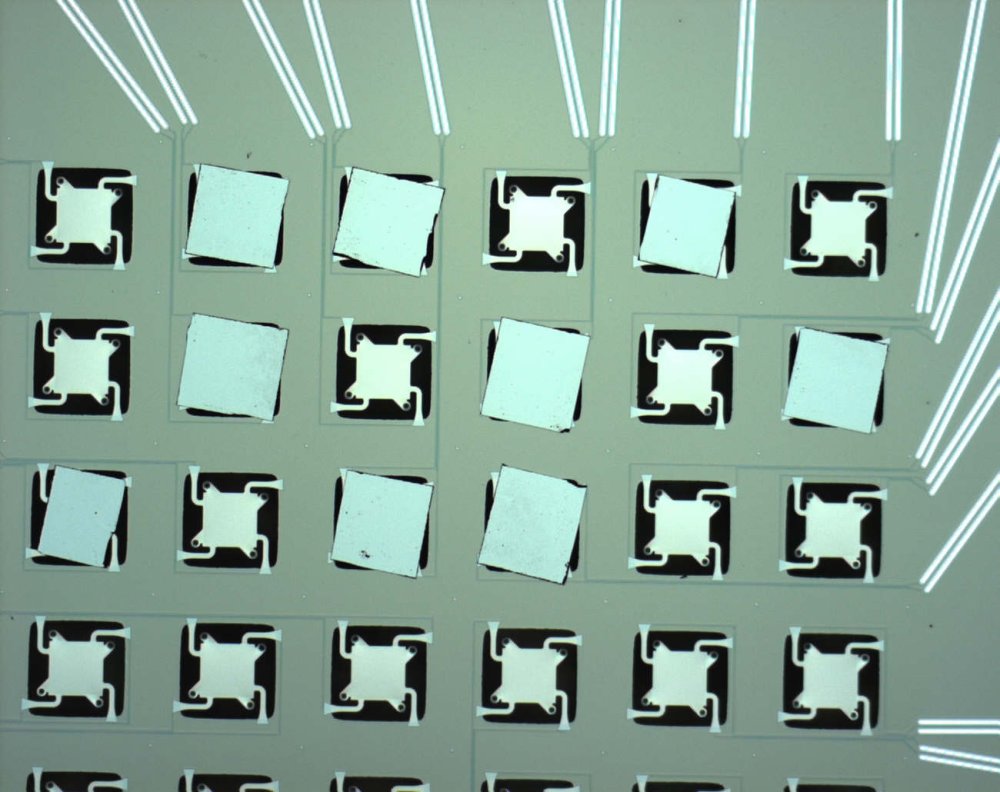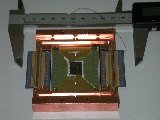Calorimetric neutrino mass experiments measure all the energy released in a beta decay except for the energy carried away by the neutrino, therefore removing the most severe systematic uncertainties which have plagued the traditional and, so far, more sensitive spectrometers. Calorimetric measurements are best realized exploiting the thermal detection technique. This approach uses thermal microcalorimeters whose absorbers contain a low end-point energy Q beta decaying isotope. To date the two best options are 187Re and 163Ho. While the first beta decays, the latter decays via electron capture, but both have a Q value around 2.5 keV.
MARE
The potential of using 187Re for a calorimetric neutrino mass experiment was already demonstrated by the MIBETA and MANU experiments.The MARE project started in 2005 supported by a large international collaboration and it was organized in two phases. The final objective of a sub-eV statistical sensitivity on the electron neutrino mass was the goal of the second phase. To accomplish this, the program was to gradually deploy several large arrays — about 104 elements each — of detectors, with energy and time resolutions of the order of 1 eV and 1 μs, respectively. Each pixel was planned to have a source activity of about few counts per second in order to collect a total statistics of about 1014 beta decays in up to ten years of measurement time. MARE could have also an interesting sensitivity to the emission of heavy sterile neutrinos with masses below 2 keV.
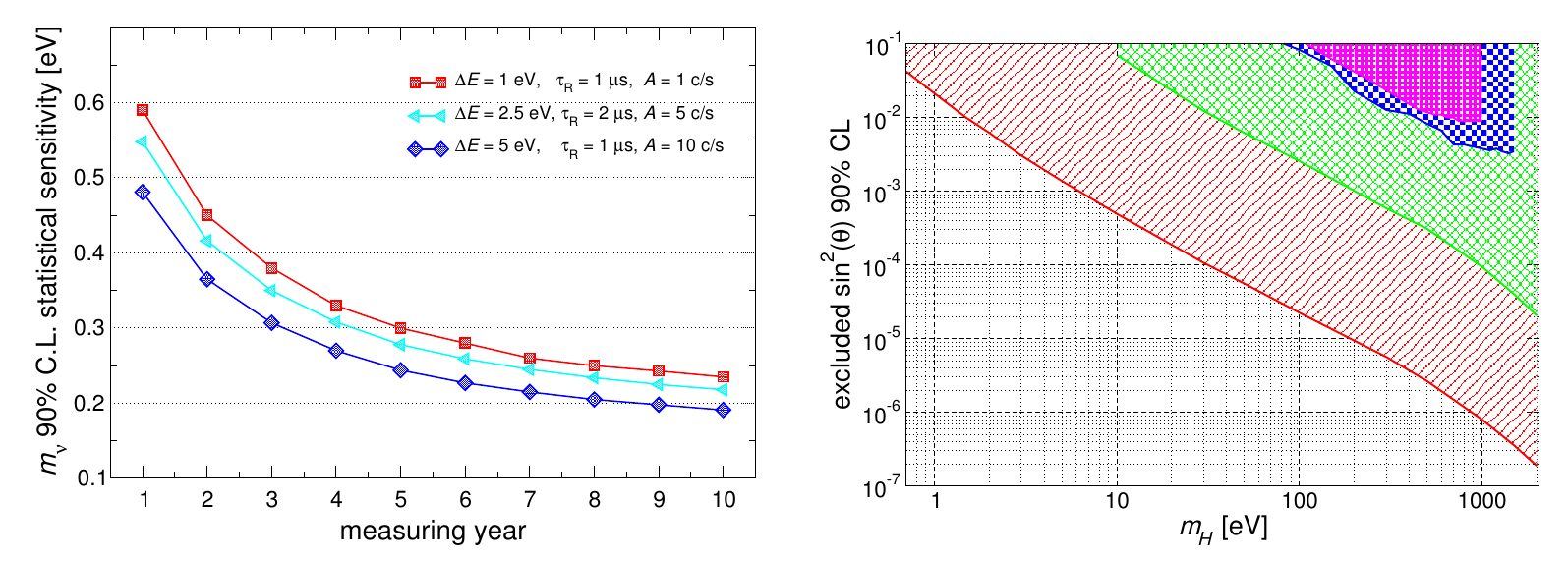 |
| Statistical sensitivity of MARE final experiment. Curves are calculated for the deployment of 10000 pixels per year for the first 5 years (left). Statistical sensitivity to the emission of heavy neutrinos with mass mH . From lower to upper curve: Monte Carlo simulation with 1014 events, 10−6 pile-up probability and ∆E=1.5eV; Monte Carlo simulation with 8×109 events , 10−5 pile-up probability and ∆E=15eV; MIBETA experiment (unpublished); MANU experiment (right). |
MARE-1
Phase 1 (aka MARE-1) had the task to ascertain the most suitable technical approach for the final experimental phase, also with the help of smaller scale experiments. An R&D program was started with the aim of improving the understanding of the superconducting rhenium absorbers and of their optimal coupling to sensors and developing the appropriate array technology and multiplexed read-out scheme. At the same time, two intermediate size experiments carried out with the available technologies aimed to reach a neutrino mass sensitivity of the order of 1 eV and to improve the understanding of all the systematics peculiar of the calorimetric approach with 187Re. Furthermore, MARE-1 started to explore the alternative use of 163Ho for a calorimetric measurement of the neutrino mass.
MARE-1 activities:
- Genova and Heidelberg groups: physics of metallic rhenium as absorber for the MARE detectors
- Genova group and Physikalisch-Technische Bundesanstalt (PTB, Berlin, Germany): Transition Edge Sensors (TES) with Frequency Division Multiplexing
- Heidelberg group: Metallic Magnetic Calorimeters (MMC) with Microwave Squid Multiplexing
- Milano Group: Microwave Kinetic Inductance Detectors (MKID) with Microwave Multiplexing
- Genova, Miami and Lisbon groups: prototype experiment consisting of an array of 300 TES detectors
- Milano, NASA/GSFC and Wisconsin groups: array of silicon implanted thermistors coupled to AgReO4 absorbers.
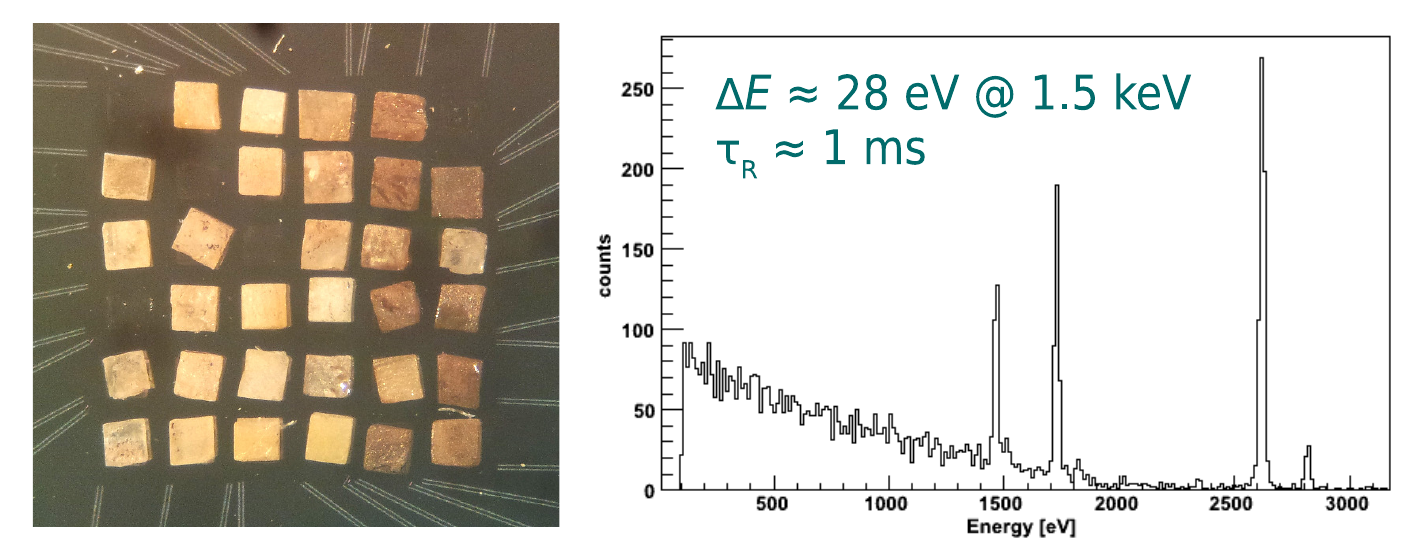 |
| 31 AgReO4 crystal glued on the first XRS2 array of MARE-1 (left). The 16 usable pixel give ∆E≈47eV at 2.6keV, τR≈1ms. Spectrum measured with the best pixel (right). |
The MARE R&D concluded that fabricating rhenium microcalorimeters matching the specifications set by the aimed sub-eV sensitivity is impossible: metallic rhenium absorbers behave inconsistently, showing a large deficit in the energy thermalization accompanied by long time constants. Also the MARE-1 found poor and irreproducible performance with AgReO4 microcalorimeters. For all those difficulties with 187Re containing absorbers, the MARE project was abandoned in 2013, while the interest of the community shifted towards 163Ho experiments.
Mare-1 in Milano
